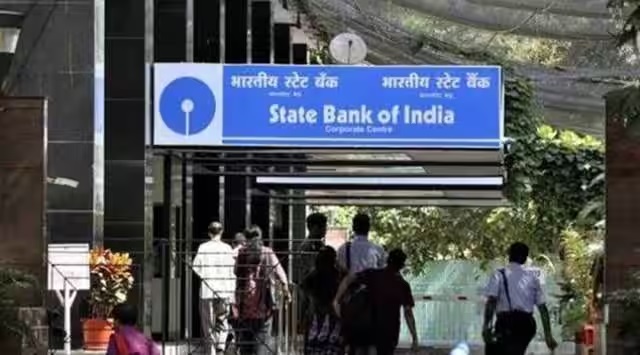
The State Bank of India (SBI) has disclosed its optimistic outlook for substantial growth in both deposits and credit for the fiscal year 2025. SBI projects deposits to increase at a rate of 14.5 per cent-15 per cent and credit to expand between 16.0 per cent-16.5 per cent in FY25, citing expectations of heightened economic activity. This report was released on Tuesday, coinciding with the upcoming RBI’s Monetary Policy Committee (MPC) meeting scheduled from April 3 to April 5.
This positive forecast comes against the backdrop of sustained momentum in credit growth, particularly evident across agriculture, MSME, and services sectors, as indicated by the latest credit growth figures. Despite a rebound in deposit growth, the continued momentum in credit growth has led to a widening disparity between deposits and credit growth.
Recent data up to March 8 reveals that credit growth for All Scheduled Commercial Banks’ (ASCBs) surged by an impressive 20.41 per cent, up from 15.7 per cent the previous year, while deposits saw an increase of 13.7 per cent, compared to 10.3 per cent in the preceding year.
India’s robust economic performance has attracted foreign investment inflows, outpacing other Asian markets in March. Despite geopolitical tensions and concerns regarding a sustained higher interest rate environment, India has become a magnet for foreign funds, defying market expectations.
However, amidst these positive indicators, India stands out as a notable exception in the global economic landscape. While emerging economy central bank rate actions are typically influenced by advanced economy central bank rate actions, India’s monetary policy trajectory diverges from this trend.
In the United States, structural shifts in the labour market are apparent, with low unemployment rates coexisting alongside elevated job vacancy rates. Inflationary pressures, primarily driven by food price dynamics, pose additional challenges in US markets.
Looking ahead, SBI anticipates that the Reserve Bank of India (RBI) may initiate a rate cut cycle in the third quarter of FY25. However, unlike other emerging economies where rate cut cycles may be influenced by advanced economy central bank actions, India’s rate cut cycle is expected to be shallow, reflecting the unique economic conditions prevailing in the country.
As stakeholders gear up for the evolving economic landscape, SBI’s projections offer valuable insights into the trajectory of India’s banking sector and monetary policy decisions. With expectations of robust growth in deposits and credit, along with potential rate cuts in sight, India remains positioned for continued economic resilience and growth in the upcoming fiscal year.